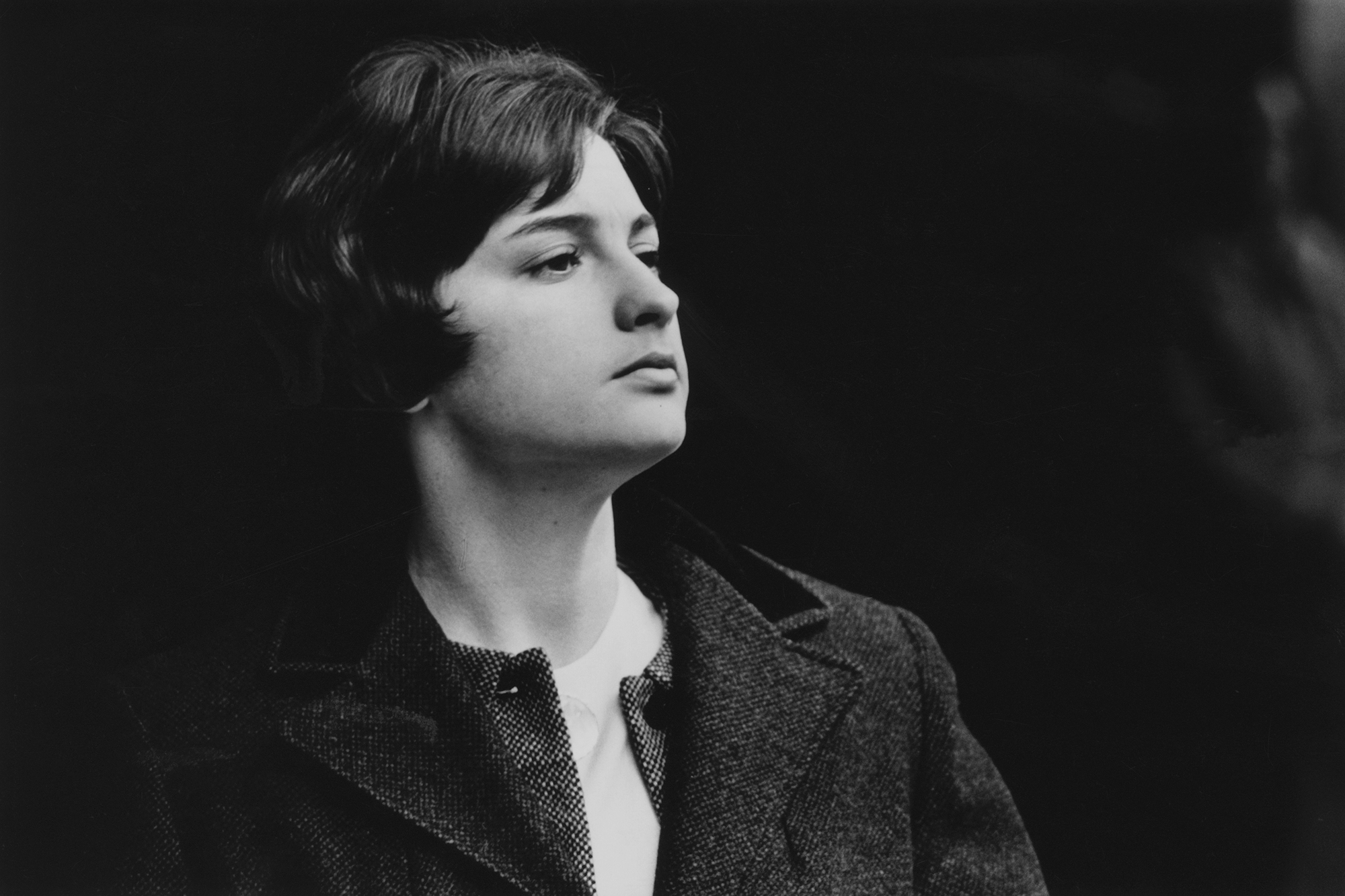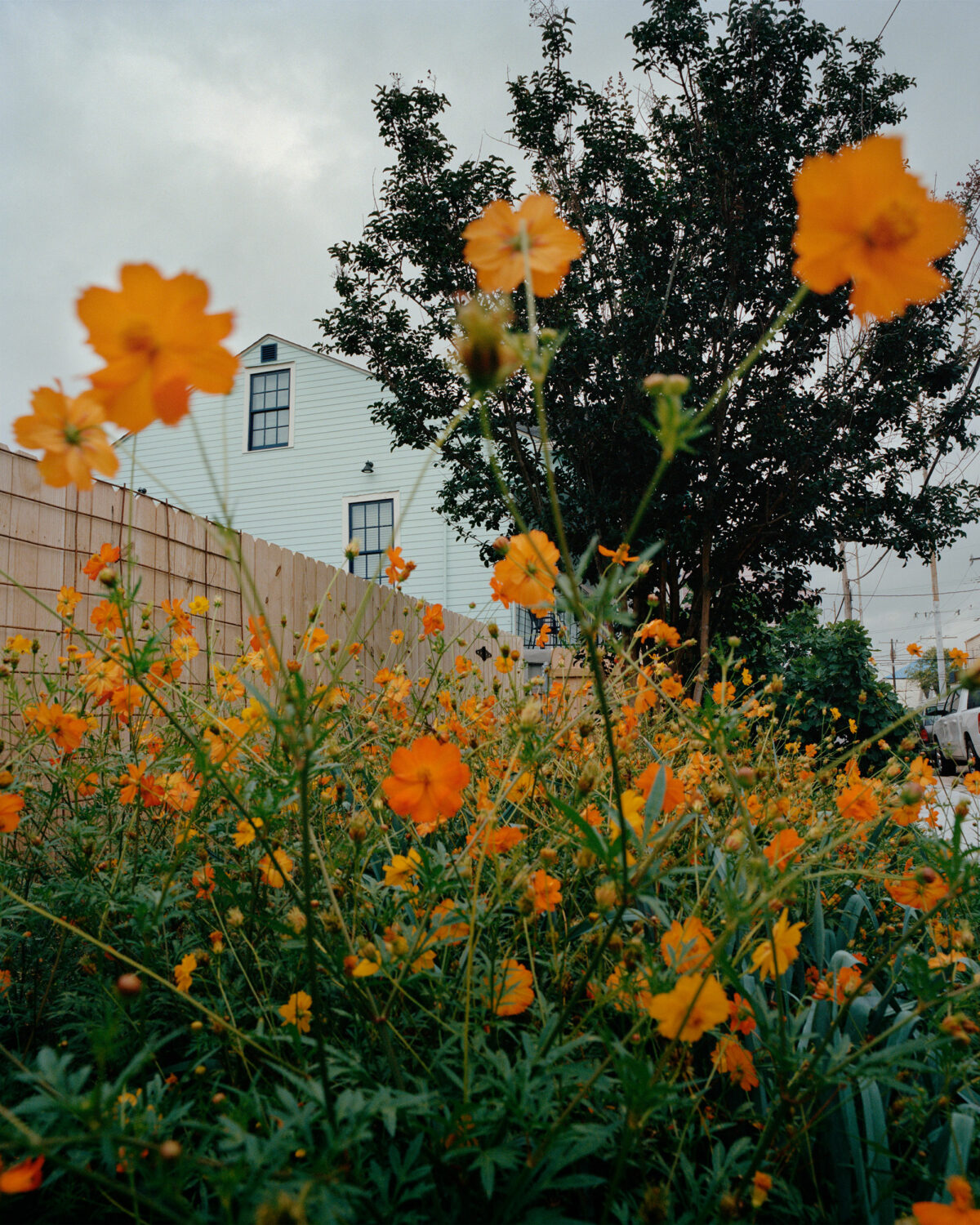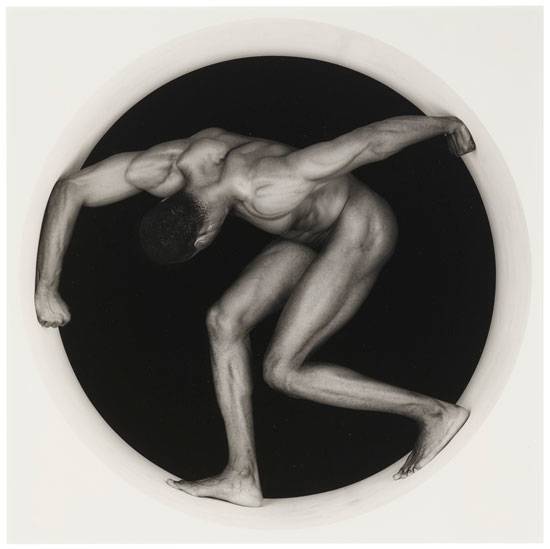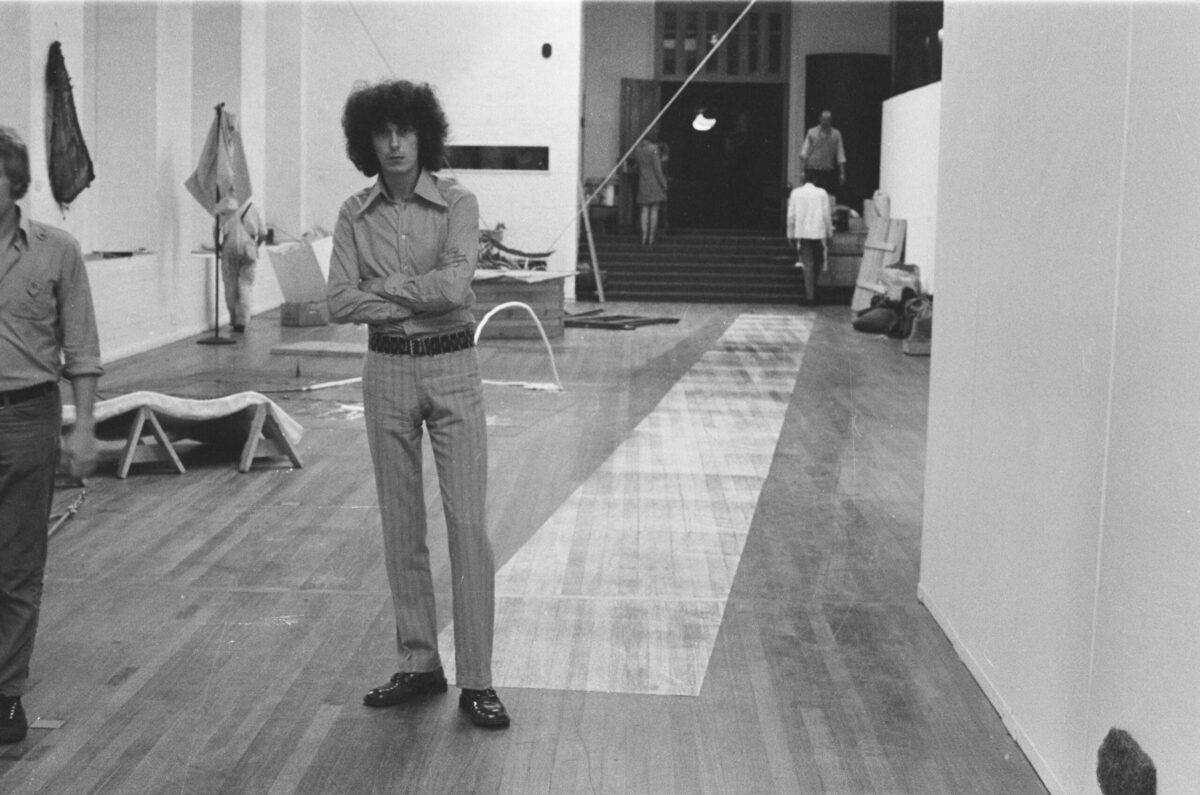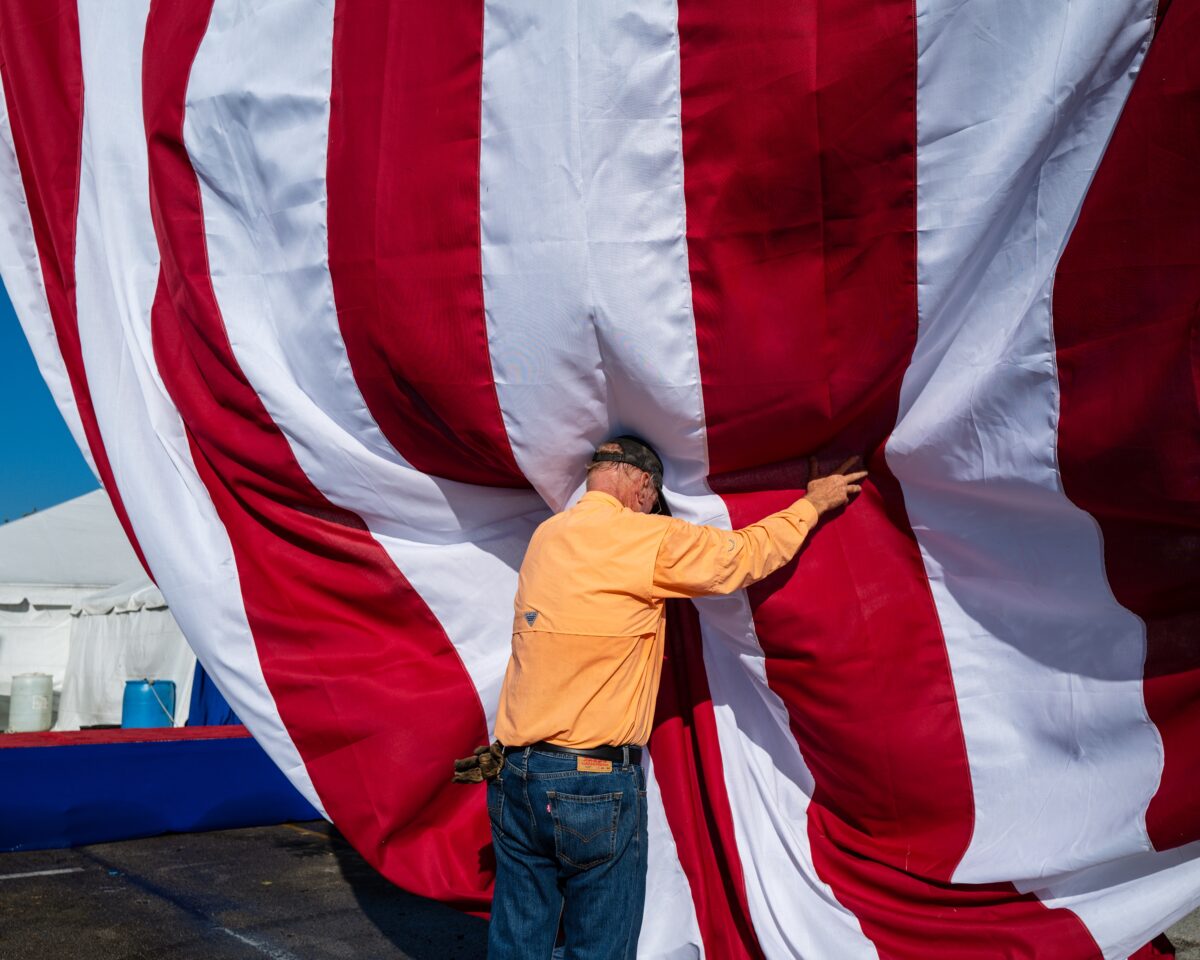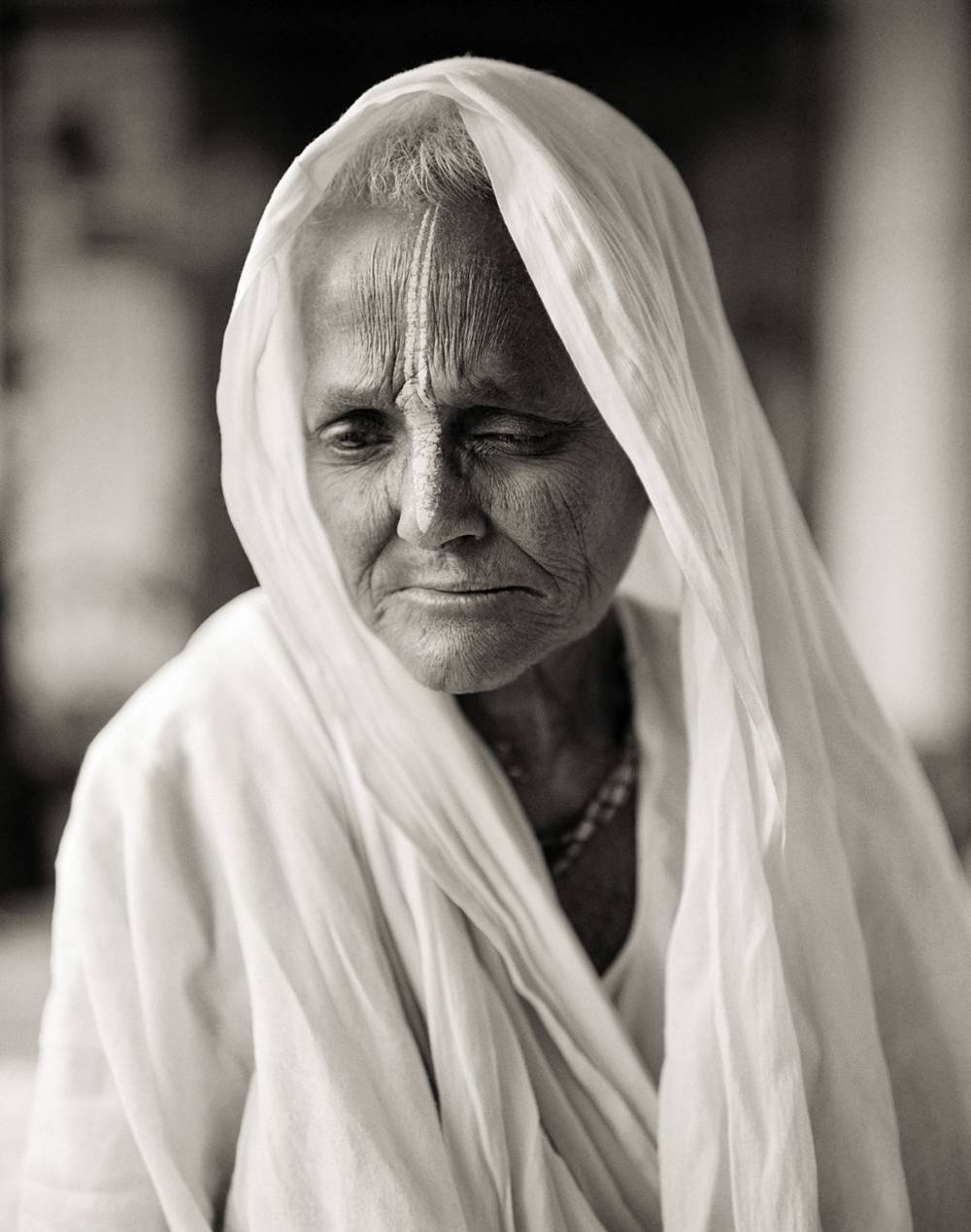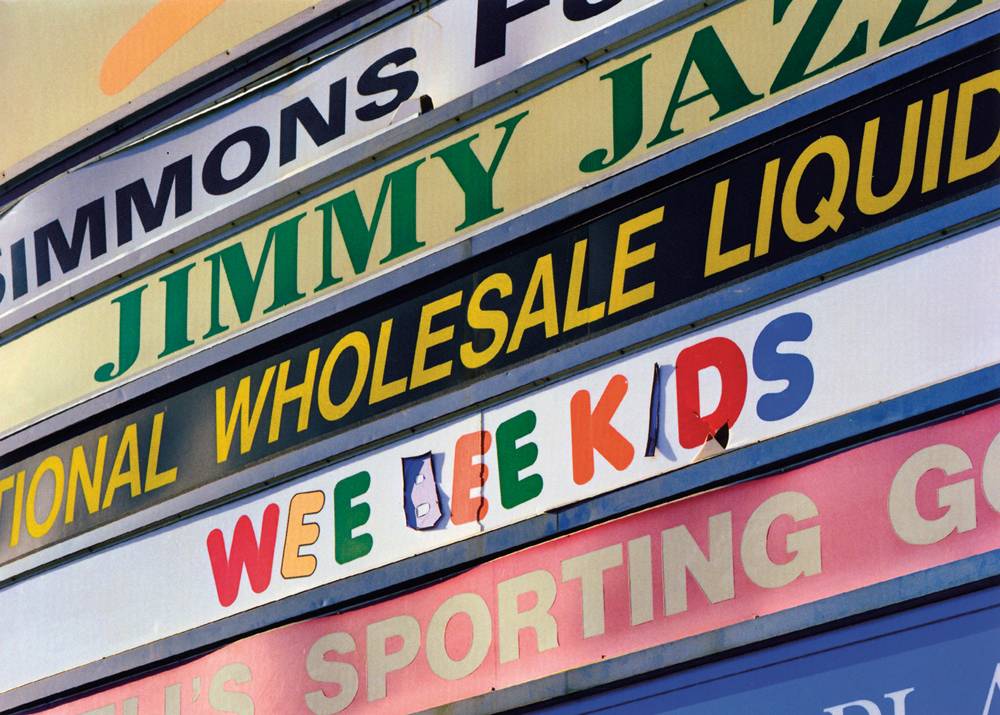Dave Heath’s 1965 book, A Dialogue With Solitude, was one of the counterculture’s cult books – ideal companion to Allen Gingsberg’s Howl and the latest issue of Evergreen Review on your table at Figaro Café. A carefully orchestrated collection of moody black-and-white photographs made mostly on the urban street (with a detour to Korea during the war), A Dialogue comes across as pretty heavy-handed today. (Heath’s preface begins, “Disenchantment, strife and anxiety enshroud our times in stygian darkness.”) But Heath’s sensitivity to the people he looks at is touching – an unembarrassed display of concern that later, cooler photographers learned to deflect. It’s not all raw emotion, but even when Heath is at his most reportorial, he’s searching below the surface, anxious to connect soul to soul if not eye to eye.


Heath has published a number of books since A Dialogue; none have had a similar impact. One Brief Moment (Stanley/Barker) goes back to the well of early 1960s material and reminds us why we responded to the work in the first place. Handsomely designed and carefully paced, with virtually no text, the book is just as sincere as A Dialogue, but far more restrained. Despair and disillusion are replaced by quiet contemplation and, in the absence of editorializing, we’re encouraged to draw our own conclusions – or none at all. Harry Callahan, Garry Winogrand, Roy DeCarava, Philip-Lorca diCorcia, Paul Graham – photographers love walking into sidewalk crowds and bringing back the faces that hold the frame, that say things beyond words. Heath was especially good at that. Photography compelled him; it connected him to a world he never really felt comfortable in. It gave him a life he shares with us in books, which often feel more like gifts than product.


Speaking of faces that hold the frame, here’s boxer Mike Tyson, the subject of Lori Grinker’s terrific new book from powerHouse. Grinker, an editorial photographer best known for her 2005 book on wounded vets, Afterwar: Veterans From a World in Conflict, met Tyson at the beginning of his career, in 1980, and early in hers, when she began spending weekends in his mentor Cus D’Amato’s Catskills home and training camp. She describes Mike as “a shy teen, exceedingly polite,” who didn’t like being photographed at first, but who understood the importance of image once he started winning matches at 19. A year later, when he became the WBC world champion, Grinker was ringside, and she remained in his inner circle until 1991, after the collapse of his marriage to Robin Givens, when he turned increasingly erratic and unreliable. The book tracks all this history, both private and public, from a uniquely insider point of view, but the bigger Tyson got, the more Grinker became just another paparazzi battling for access. For anyone hoping to get past the performance of celebrity, the early pictures, before the fame turned toxic, are the best. But there’s great work throughout the book, and whenever Grinker gets Tyson alone, he still lets down his guard with her, however briefly. When they part ways, we’re ready to move on, too. Enough damage has already been done; we don’t need to see the entire train wreck.


Since the history of photography is intimately entwined with the history of the picture magazine, I didn’t want to forget some excellent recent books that cover both brilliantly. Taken together, Vogue Paris: 100 Years (Abrams) and i-D: The First 40 Years: Wink + Smile! (Rizzoli), track a century of fashion photography in print with wit and verve, from radically different viewpoints. As two of the best and most intelligently designed books of the past year, they’re very much about the pleasure of looking and absorbing that history picture by picture. Maybe because I wanted more rare Horst, Man Ray, and Hoyningen-Huene, Vogue Paris seems to rush through its early years; even Penn and Avedon feel like footnotes. But once Helmut Newton and Guy Bourdin hit their stride in the Sixties, the pace quickens and never lets up. Sadly, because it came out just as Conde Nast cost-cutting was draining all the individuality from the European Vogues, Vogue Paris feels more like an epitaph than a celebration. I can’t imagine i-D going through a similar loss of individuality. It began brilliantly DIY and retains the same scrappy spirit. Its compilation is massive, and deservedly so, with one knockout double-page spread after another, full bleed. Every important, innovative contemporary editorial photographer grew up in its pages and they’re all here: Wolfgang Tillmans, Corrine Day, David Sims, Tim Walker, Mario Sorrenti, Juergen Teller, Alasdair McLellan…. One of the great Brit culture mags summed up neatly, irresistibly. Finally, I never picked up Surfer magazine, which ceased publication in 2020, so I’m really glad there’s a book: Surfer Magazine 1960-2020 (Rizzoli). Smartly designed, with tons of covers and spreads, it’s the very definition of vicarious thrills – a sweet jolt every time you open it up. Cowabunga!

